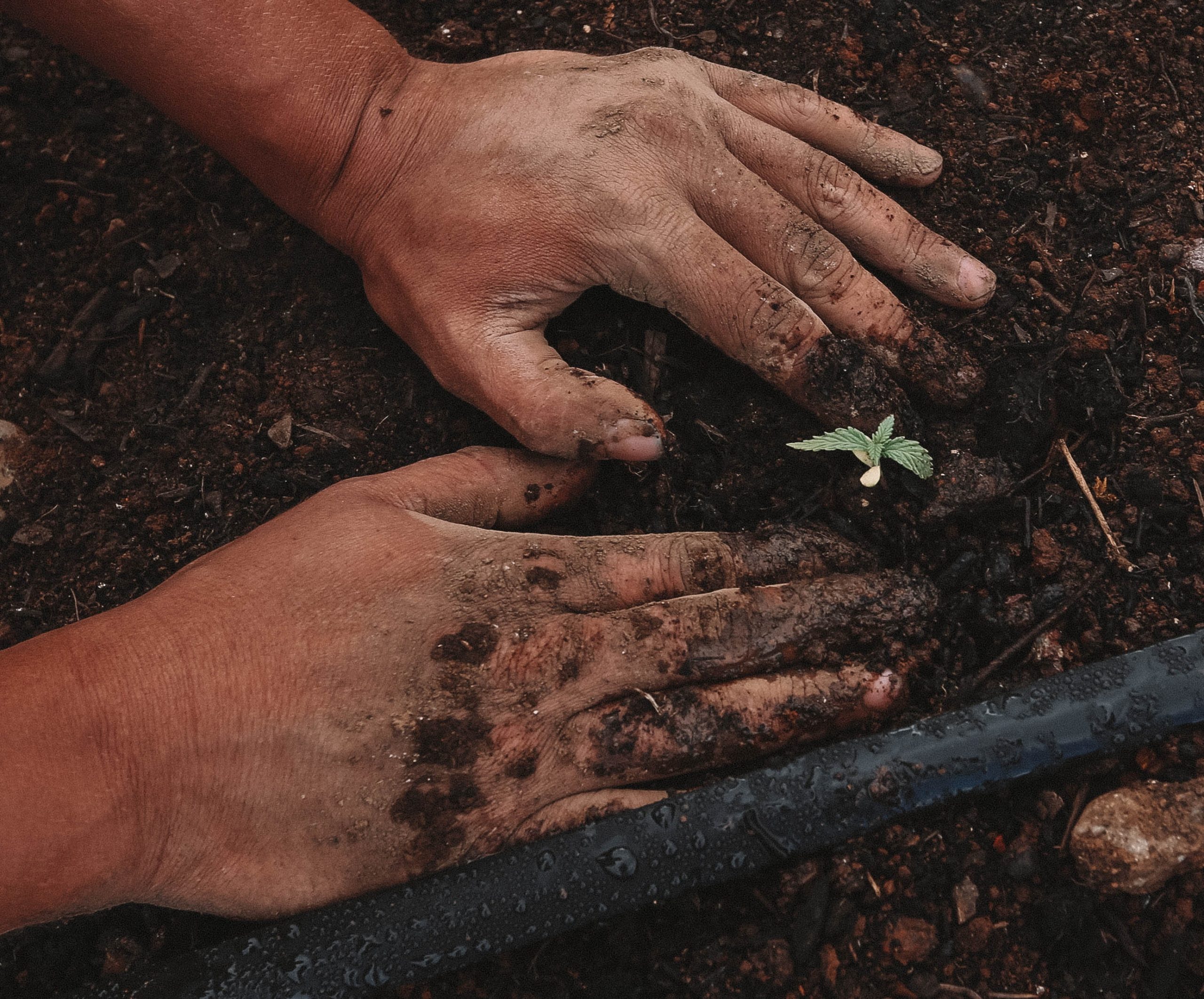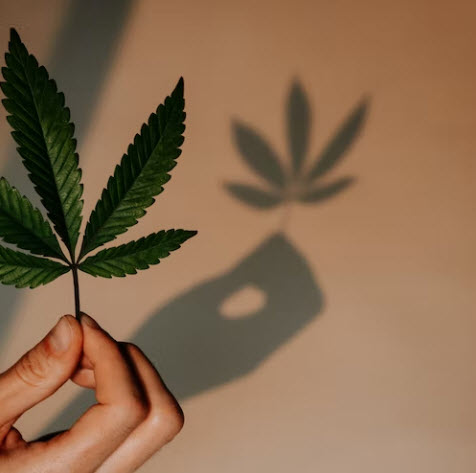From California’s Emerald Triangle to South Africa’s Pondoland, “legacy growers” are facing exclusion from the industry if not imminent extinction. How will the cannabis industry – not to mention consumers react?
Legalization just about everywhere is posing difficult questions that the cannabis industry itself is sometimes loath to face, if not address. One of those, most certainly, is the issue of “legacy” cannabis cultivation. Another is that the economic models on which early legalization have been built are fundamentally not sustainable for the longer term.
While issues of production, distribution, and beyond that product registration and certification loom large at every step of a federally legal market, much less an internationally traded one, it is the legacy growers who encapsulate some of the worst impacts of legalization, no matter how many benefits there are to overall cannabis reform.
What Is a Legacy Farmer?
A “legacy farmer,” according to the definition used in California at least, is an individual who has farmed cannabis for at least 20 years. These individuals and their operations also helped pave the way for the current environment of “legalization.”
These cultivators, however, are increasingly being driven out of existence by a variety of issues – from unworkable taxation models to limited legal sales outlets and of course competition from much better funded “corporate” entities which have subsequently entered the market. Bankruptcies are common. Sadly, so are suicides.
While a highly emotional and sometimes divisive topic, the reality is that the situation cannot be ignored – officially or unofficially – much longer. Further, it is an issue that if not dealt with fairly and properly, will just come back to bite the “legal industry” in the behind. This is true on a multitude of fronts – from strain diversity to consumer choice. It will also, affect regulatory control, quality, and crop diversity.
That said, it is far from a topic that is easy to parse or solve quickly. This starts with the need to properly regulate the industry for consumer and patient safety – as well as environmental sustainability, financial transparency, and industry messaging beyond that.
Legalization Costs Drive Farmers Out of Business
The costs of obtaining a cannabis license, anywhere, not to mention the other required costs to set up a professional cultivation, production, or manufacturing facility, is prohibitive for most “legacy” growers.
These are, essentially, beyond any other definition, farmers with a slightly different kind of crop.
Obtaining a license to legally cultivate got its start, initially, with patient registration. Once the entire conversation began to turn commercial, however, much more expensive licenses were introduced into the conversation – and quickly. Not to mention state taxes, which at least in the United States, are unreasonably high because, in part, they cannot be deducted from federal ones thanks to a lack of federal reform. This issue alone is likely to kill many green gold egg-laying geese.
In Colorado, for example, a “Tier 1 license,” allowing the cultivation of up to 1,800 plants bound for the recreational market, will set you back $6,500, although for medical cultivation it can be as cheap as $2,500. Obviously, the latter is more prohibitive for patients than the former is for commercial cultivators. But of course, this is not the only cost.
In Washington State, the cost is a bit cheaper, at $1,381, but the problem is that the state is not issuing any new licenses.
Then there are the later legalizing states, where the costs have mushroomed. In Nevada, for example, cultivation licenses will set you back $30k initially and $10K per year subsequently, with a hefty application fee of $5,000 beyond that. Massachusetts is a bit better, recognizing that there is a vast disparity between a patient grow (which can run as little as $200 for a patient license) to a commercial one (up to $50,000). In New York, medical licenses will set one back $10,000 in a non-refundable application fee plus an additional $20k (which is refundable if one is not approved).
Stepping outside of the United States, and this changes again. In Canada, for example, a micro license will cost about $5k – and it goes up from here. Beyond licensing costs, however, there are a multitude of requirements that quickly add to the overall bill.
There is a reason, in other words, that estimates about what has actually been legally sold domestically by the registered, licensed Canadian companies ranges from just over 50% of the current market, to about 20%. It remains a truism that the greatest competition to the legal market in Canada is not a foreign brand, but local, if less than legit home grow.
Even The Big Guys Are Facing Significant Challenges
But the North American discussion pales to what is currently afoot in Europe. In Germany, this entire discussion is far more pricey. It was estimated that one had to have a line of credit of at least $20 million to participate in the German cannabis cultivation tender. Wayland, the only Canadian firm which actually built a facility in Germany before the bid was awarded, subsequently went bankrupt and had to sell – which is how the sole German cultivation firm, DEMECAN, got into the biz. Aphria, one of two public Canadian companies to win cultivation rights, also had to merge with Tilray. In the meantime, both Tilray and Aurora have posted large losses, along with Canopy Growth, which ultimately did not even win a cultivation license and subsequently sold its stake in the domestic dronabinol producer.
If there is a “better” model to be had, it is clear that the current one is not that.
Pharmaceutical distribution licenses necessary to import and distribute medical cannabis aus Deutschland cost a great deal less than this, but there are also hidden costs that make the estimate of $1 million certainly “ballpark. This starts with the dire need to educate doctors on what cannabis to prescribe without breaking local corruption laws prohibiting the incentivization of doctors to do the same.
This is complicated because there is no limit set on these – which is why there are an estimated 180 specialty cannabis distribution licenses in Germany currently. It is also why most of these firms will not last. Most of them are not making any money.
But the problem is also not limited just to Europe.
In South Africa, while the cost of a cultivation license itself is about $1,465, the average cost of setting up a farm capable of exporting medical-grade cannabis is over $250k – or well beyond the financial ability of farmers to obtain.
That is pretty much the case everywhere else too in the legalizing world, with the notable exception of Thailand.
The reality is that governments are allowing legalization to proceed by a legalization process that is regulating the industry in such a way to create pricey hurdles that prohibit market entry for most. However, even for the largest firms, such rules of the road have done nothing except create large losses for even those firms who manage to round up the scratch.
Exiting a management position with a golden parachute at a well-funded corporation is one thing. The people who ultimately are left out of the revolution, no surprise, are the smaller farmers and producers of every kind. They also of course, are much harder to just “replace.”
While there are many reasons that regulation, if not tracking is required, not to mention creating an environment where consistent standards can be set and met, just to protect consumers, there are clearly many problems with the new models created by “legalization.”
What registration fees apply to any other kind of cultivated commodity? What other crop must be, for whatever purpose, grown inside, to meet muster (or radiated if not)?
The answer, unsurprisingly, is none.
Regulatory Justification
From a traditional regulation, if not tracking control perspective, there is a great deal of logic in keeping people out of the legalizing industry – and further, instituting a high barrier to entry that begins with regulation and business costs that are kept astronomically high.
Beyond this, producing any commercial crop, for human consumption, requires cultivators to commit to guidelines that are not optional.
None of this is easy.
Here is the one thing that everyone can agree on. The cannabis discussion has changed the entire conversation even as commercial operators also had problems meeting much higher standards being set abroad.
Particularly in Europe, if a product is going to be introduced into a medical environment, there are also much higher, (far more expensive to implement) pharmaceutical grade standards that apply. These are known as EU GMP. There are few who will argue that medicine must be clean – and medical cannabis cannot contain any contaminants.
How one arrives at such products, however, is still not a resolved conversation.
The bottom line, however, is what this entire conversation has done has excluded anyone from this industry who is not rich – or knows how to raise a great deal of money.
It has also created unsustainable business models that will not deliver what they promise – from economic development and job creation to a more sustainable agricultural model.
What To Do?
There are several solutions to this conundrum, none of which are popular in the corporate industry, much less the political environment, where “legalization” has been sold to the general public as a way to raise money for starved state governments. Internationally this kind of schemata has been justified as a form of economic development and a way to attract foreign investment.
The problem is that so far at least, it is clear that the current models are fundamentally out of whack and have effects that are far from ideal – starting with not really working the way they were intended to. This includes continuing to prevent patients from growing their own, stymies the still non-existent ability to create non-profit collectives, particularly for the chronically ill, and beyond that, threatens strain diversity that survives corporatization. It has also so far, failed to deliver cannabis that meets consistent standards (if not levels of cannabinoids).
And then of course, there are the additional, higher costs, passed down of course, to consumers.
At present, however, there is not much chance that the forces allowing legalization to occur, much less those who are benefitting from the current status quo, will change or halt what is currently happening.
That is not only tragic. It is a sign of how unsustainable this leg of legalization actually is.
The reality is that the lifeblood of this industry has always been if not exactly mom and pop, then certainly the smaller companies and start-ups that continue to dot the landscape, no matter how big and bad the largest brands are. Beyond that, models of sustainable cannabis generally do not line up on the side of large-scale corporate production.
Ultimately, it may take some time to shake out – although that is unlikely in the next decade or so as legalization becomes formalized.
The commodification of a crop is not a pretty process. Tragically, unless there is something that occurs to create a space in which at least some legacy cultivators are protected, those who are responsible for creating the industry itself will be increasingly marginalized, if not shut out altogether.
But it is not just the smaller entities and legacy growers which are facing a stark reality created by the increasingly conventional wisdom status quo. It is also the corporate entities who are now left trying to survive a model which has yet to prove profitable.
Is that what anyone really wants?
The answer, although it is going to take time to get there, is inevitably, no.








